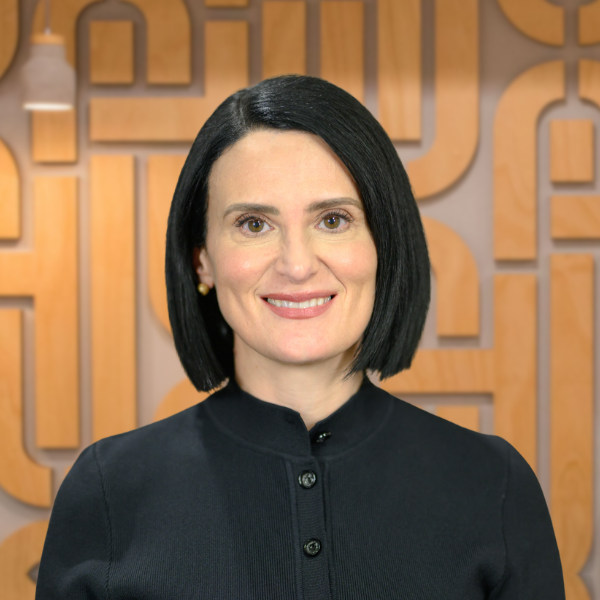Trust, transparency, and technology can work together to provide a strong framework from which an advice practice can address changes in client expectations.
Speaking at the HUB24 webinar titled ‘Behavioural finance, customer value and the case for managed portfolios’ and hosted by HUB24’s Head of Managed Portfolios Brett Mennie, State Street Global Advisors’ Global Head of Practice Management Brie Williams said while access, awareness and understanding all enhance transparency, if there is a lack of it, then clients can feel less confident, more doubtful and it can undermine the advice relationship.
Research by State Street Global Advisors found 85% of Australian investors knew the investments they owned. However, cracks begin to appear in:
- Their knowledge (50% of investors feel knowledgeable on investments and financial markets),
- Understanding of terminology (less than 30% understand industry jargon) and
- Comfort with market volatility (less than 50% are comfortable with this).
“When the above cracks become gaps, this extends to trust in advice,” said Williams. “Trust is the glue that binds the client/adviser relationship.”
Feeding into trust is satisfaction. And with expectations changing, what do clients truly value?
State Street Global Advisors’ Australian research shows 50% of Australians prioritise the ability of their adviser to explain things simply, while dependability (40%), proactivity (32%) and accessibility (30%) were also identified as important.
“And all of that has to be authentic – it has to be who you are, how you serve clients and what you do uniquely well,” said Williams.
The other important areas of transparency are knowledge and understanding, which underline the importance of clients understanding a practice’s investment philosophy and process.
“Essentially, they are asking when they raise their hand, ‘How is my money being managed on my behalf?’,” said Williams.
Technology has a strong role to play in this transparency framework.
The past year has proven to be a “rapid adoption highway” in terms of technology being applicable to all clients, as opposed to the historical focus on the younger generations as fast adopters.
“Bumps aside, what we do hear from clients is that, ‘When technology is part of my service model, I’m generally feeling pretty good about it’. Technology has been positively received when it has been incorporated into the practice.”
This does not reduce the importance of face-to-face communication and there has been recognition this year of the important role it has to play. However, the interrelationship between trust and transparency can be strengthened with technology.
“You have to remember the role of trust in the relationship, know that’s enabled by transparency and consistent and authentic communication, so those are foundational,” said Williams.
In this way, managed portfolios can offer advisers a tool to put this framework in place. Williams said as advisers seek to address the challenges of aligning business goals with optimal time management, outsourcing the management of investment portfolios may be a solution.
For more information:
- Watch the related webinar: “Managed portfolios, customer value and behavioural finance” and take the CPD quiz.
- View related research from State Street: “Model Portfolio Solutions and the Client Experience: How Do Advisors Pivot to Achieve Breakthrough Practice Growth?”
- Contact your HUB24 BDM here.



